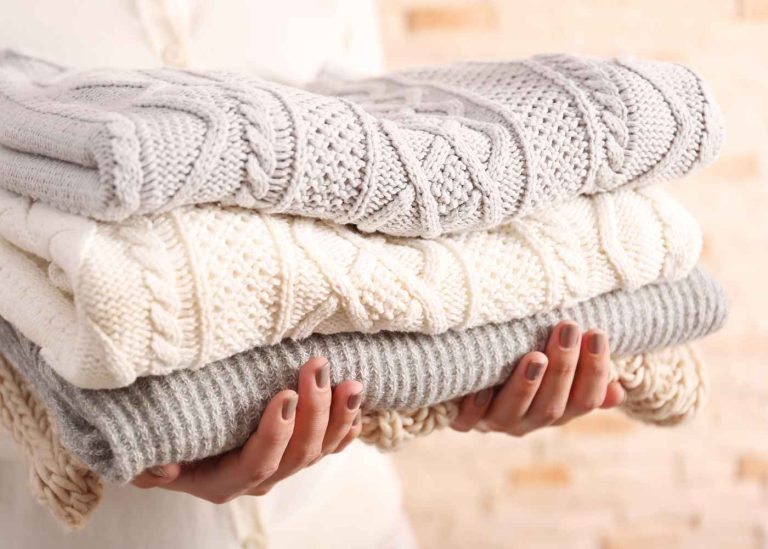Natural wool has clothed humanity for thousands of years, yet modern textile innovations have only enhanced our understanding of why this remarkable fiber continues to outperform synthetic alternatives in comfort, functionality, and durability.
Contemporary lifestyles demand clothing that adapts to varying temperatures, maintains freshness through active days, and provides lasting comfort without constant care requirements. Wool garments meet these demanding modern needs through unique fiber properties that synthetic materials struggle to replicate, making them ideal choices for discerning consumers who prioritize both performance and comfort.
Understanding how wool’s natural characteristics benefit today’s active lifestyles helps explain why this ancient fiber remains relevant and valuable in our fast-paced contemporary world where clothing must perform as well as it looks.
Regulating Body Temperature
Natural wool regulates body temperature through unique fiber properties that respond dynamically to changing environmental conditions and activity levels, keeping wearers comfortable across wide temperature ranges. Unlike synthetic materials that trap heat or fail to provide warmth, wool fibers create insulating air pockets that adjust to thermal needs.
During cold weather, wool’s crimped structure traps warm air close to the body while allowing moisture vapor to escape, preventing the clammy feeling that occurs with less breathable materials. This natural insulation maintains warmth without bulk, enabling layering systems that adapt to changing conditions throughout the day.
In warmer conditions, wool’s breathability allows excess heat to escape while its moisture-wicking properties keep skin dry and comfortable during physical activity. This thermal regulation makes wool clothes suitable for year-round wear rather than being limited to specific seasons or weather conditions.
Managing Moisture Effectively
Wool manages moisture more effectively than most synthetic materials through natural absorption and evaporation processes that keep skin dry while preventing odor development that plagues other fiber types. This moisture management proves particularly valuable during exercise or in humid environments.
The fiber structure absorbs moisture vapor from skin while maintaining a dry feel against the body, unlike cotton that becomes wet and uncomfortable when saturated. This absorption capacity prevents the clammy sensation that develops with non-breathable synthetic materials during active periods.
Rapid moisture evaporation from wool surfaces means that garments dry quickly after exposure to rain or perspiration, maintaining comfort throughout the day without requiring frequent changes or extended drying periods that inconvenience busy lifestyles.
Resisting Odor Development
Wool naturally resists odor development through antimicrobial properties that prevent bacteria growth, allowing garments to remain fresh much longer than synthetic alternatives that require frequent washing to maintain acceptable hygiene levels.
The protein structure of wool fibers creates an environment that inhibits bacterial growth responsible for unpleasant odors, meaning wool garments can be worn multiple times between washings without developing offensive smells that affect comfort or social confidence.
This odor resistance proves particularly valuable for travel, outdoor activities, or busy schedules where frequent laundry access might be limited, enabling extended wear without compromising personal freshness or garment performance throughout demanding periods.
Providing Lasting Durability
Natural wool provides exceptional durability through strong, flexible fibers that resist wear, maintain shape, and recover from stretching better than many modern synthetic alternatives. Quality wool garments often outlast multiple synthetic replacements, providing better long-term value despite higher initial costs.
Wool’s natural elasticity prevents permanent stretching or sagging that affects fit and appearance over time, maintaining the original silhouette and comfort even after extended wear and multiple cleaning cycles.
The resilient nature of wool fibers resists pilling, tearing, and other common forms of garment deterioration, ensuring that wool clothes continue looking and performing well throughout years of regular use rather than requiring frequent replacement.
Supporting Sustainable Living
Perhaps most importantly for environmentally conscious consumers, wool supports sustainable living through renewable production, biodegradable properties, and reduced washing requirements that minimize environmental impact compared to petroleum-based synthetic alternatives.
Sheep naturally regenerate wool fiber annually, creating a renewable resource that doesn’t deplete finite materials or require intensive chemical processing that characterizes synthetic fiber production. This sustainability aligns with values increasingly important to modern consumers.
The reduced washing frequency enabled by wool’s odor resistance and soil resistance decreases water usage, energy consumption, and chemical detergent use, creating environmental benefits that extend throughout the garment’s useful life while reducing household maintenance burdens.
Final Thoughts
Natural wool garments provide superior comfort and performance through temperature regulation, moisture management, odor resistance, lasting durability, and sustainable properties that collectively make them ideal choices for modern living demands while supporting environmental responsibility and long-term value.







